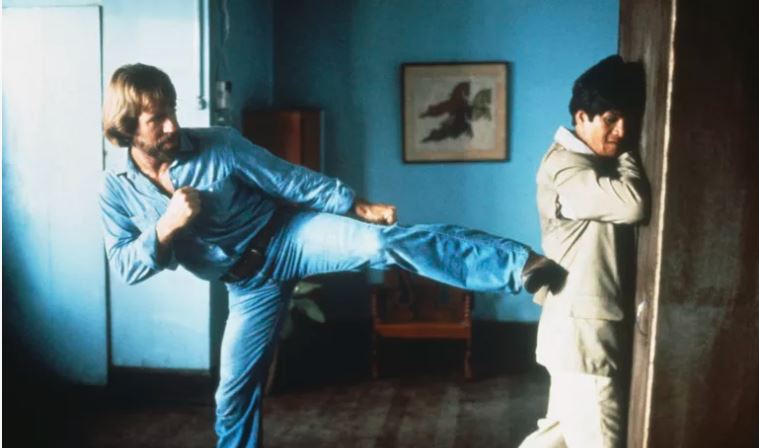
Tang Soo Do started with the early Korean fighting arts, which paintings and murals tell us were utilized during the time of the three kingdoms in Korea. Eventually, these kingdoms were united under the Silla Dynasty, where evidence of the fighting arts in Korea became even greater. From the evidence, it appears that the arts continued to progress and be practiced, usually taught within families or passed down from one individual to another, until the Japanese took control of Korea between 1909 to 1945. Looking to quell any opposition to their occupation before it started, the Japanese forbade Koreans from practicing martial arts. Some history was lost as a result.
That said, the arts were still practiced secretly, and were influenced by the rare Japanese karate practitioner willing to share his knowledge during the period. Eventually, when the Japanese domination was lifted, martial arts schools began to pop up across Korea, the first of which was the Chung Do Kwan, whose founder was Won Kuk Lee. Lee is regarded to be the first to use the term Tang Soo Do to describe what had become the Korean fighting art that had been influenced by so many other styles. The term “Tang Soo Do/ Dang Soo Do” was initially a Korean pronunciation of “The Way of the Chinese Hand.” These days most Americans translate it as, “The Way of the Open Hand.”

